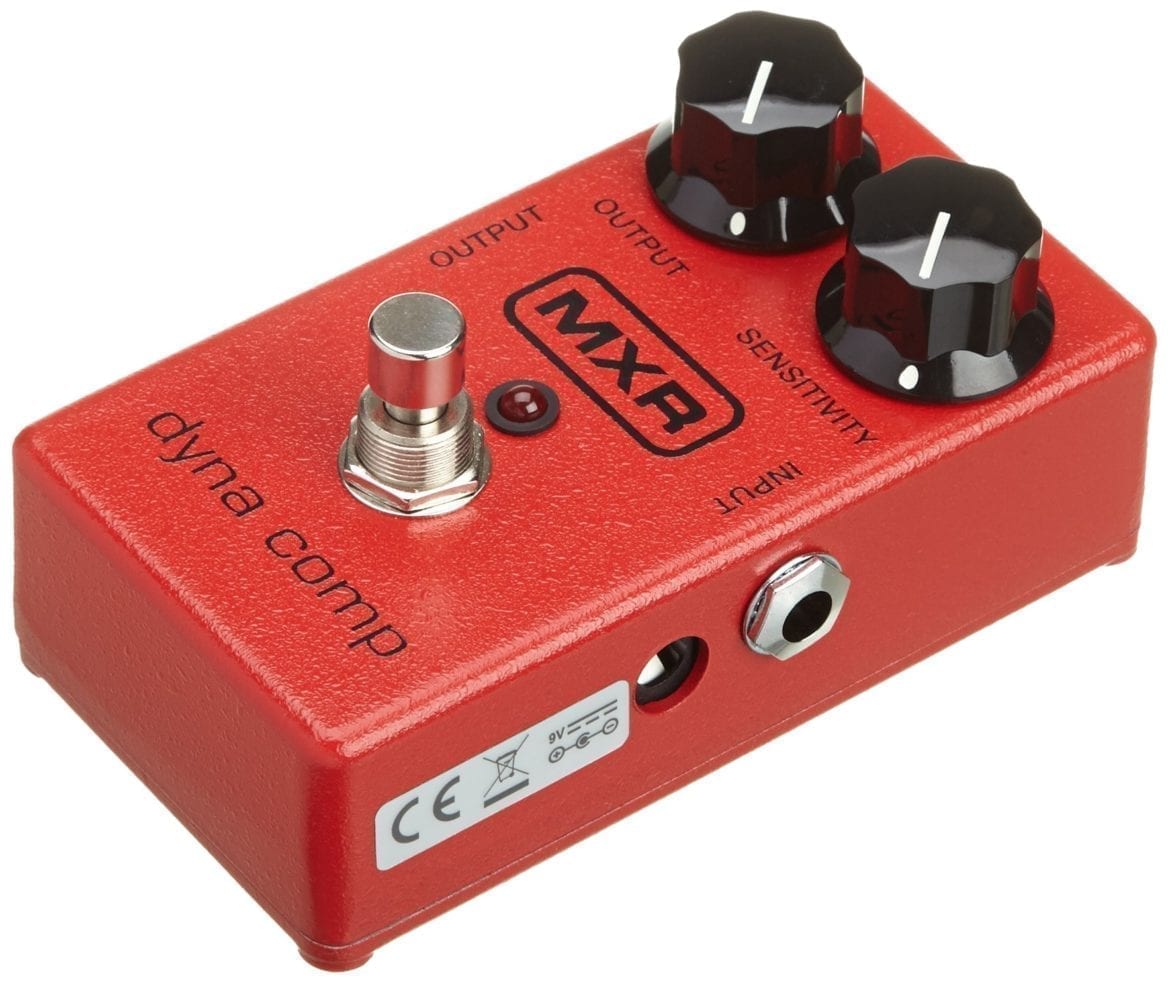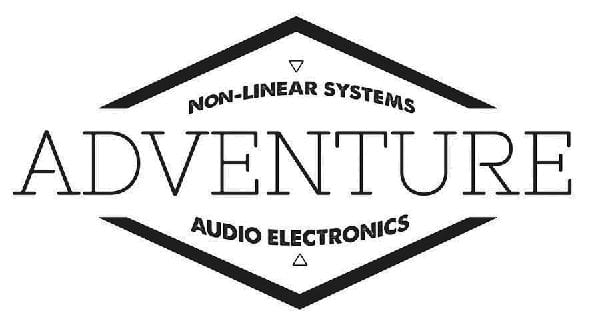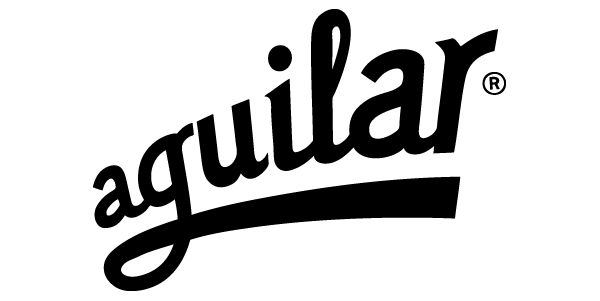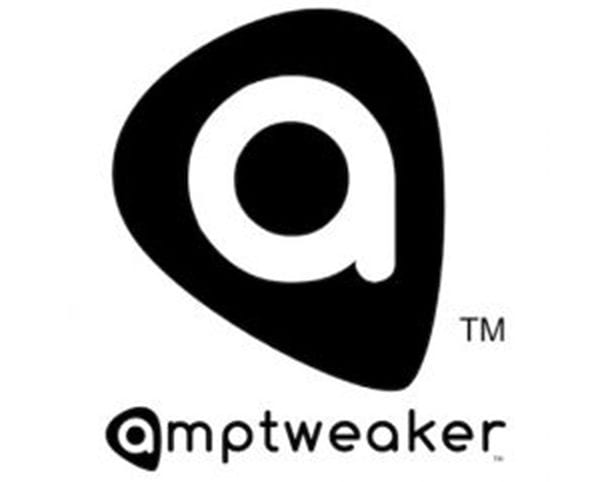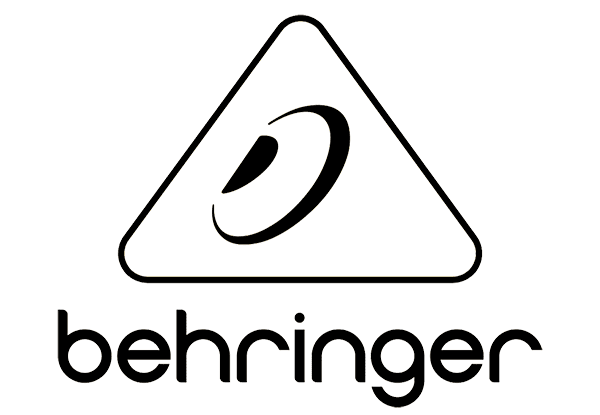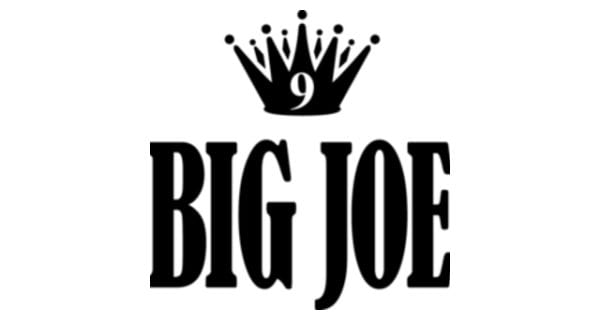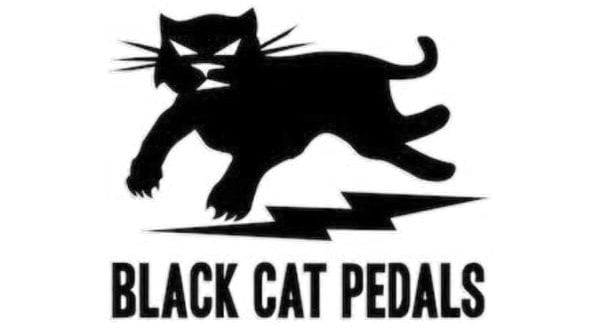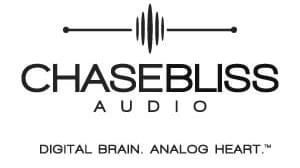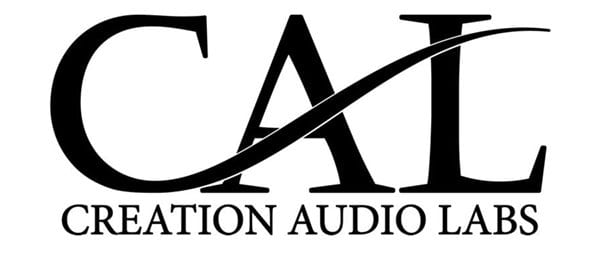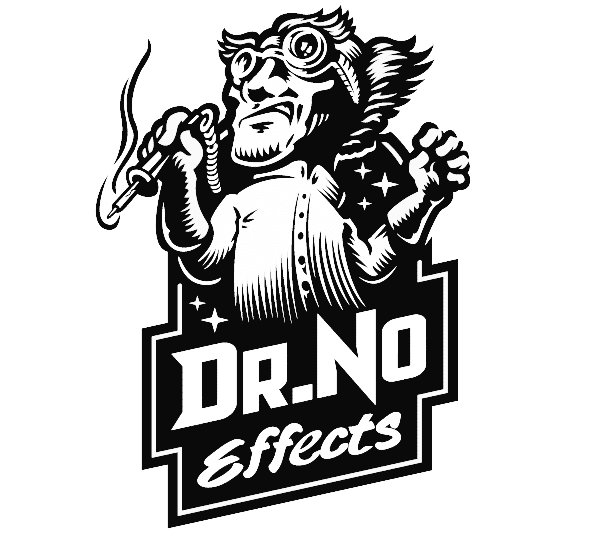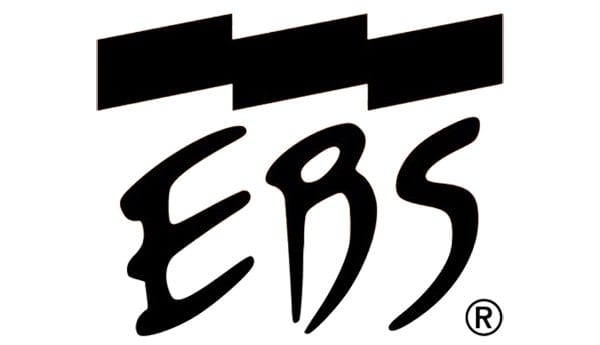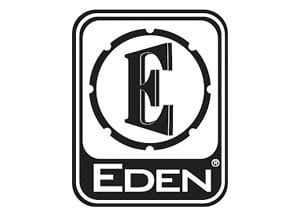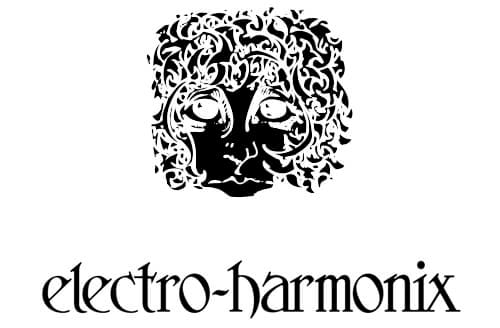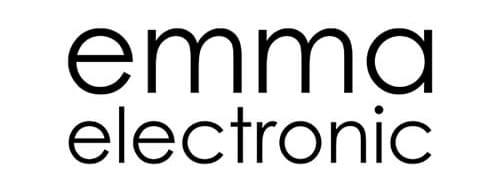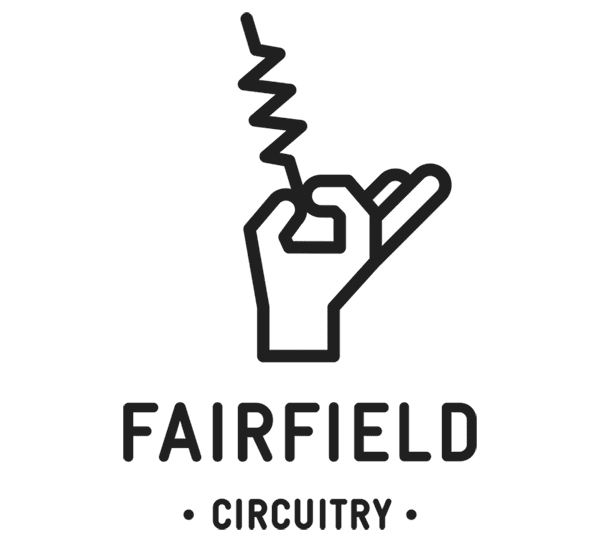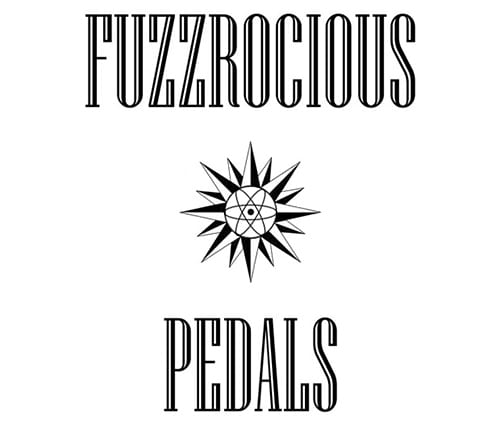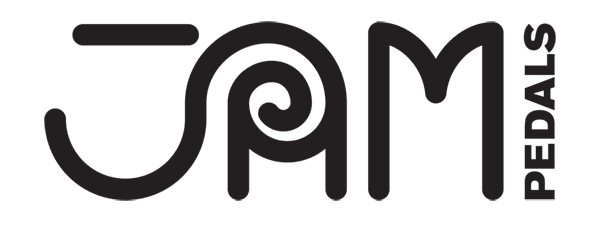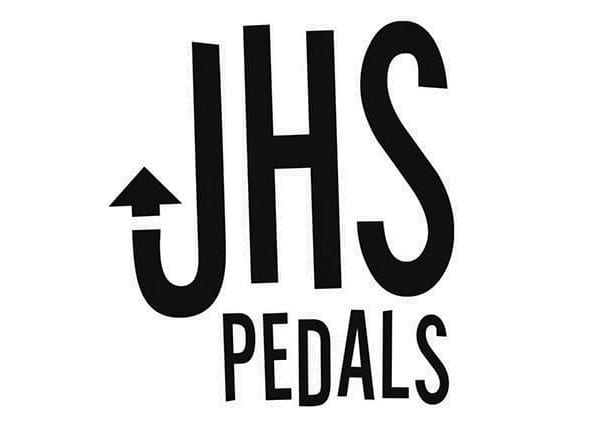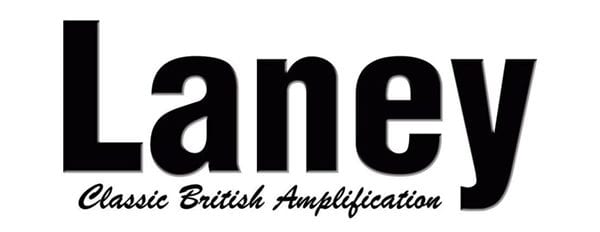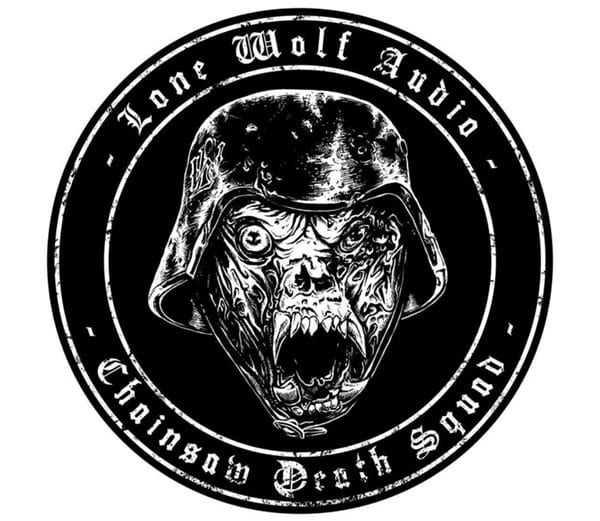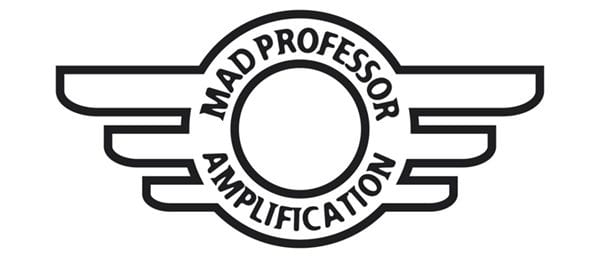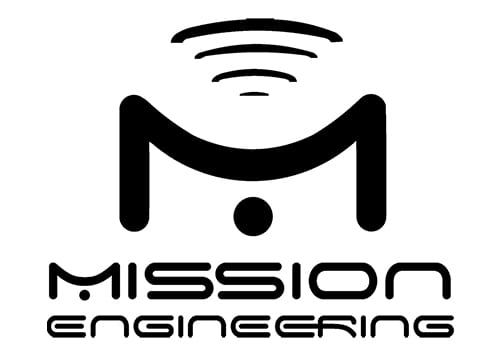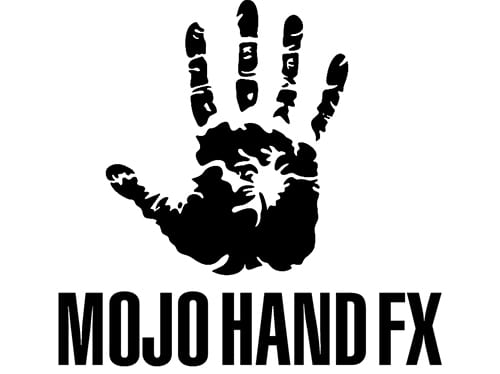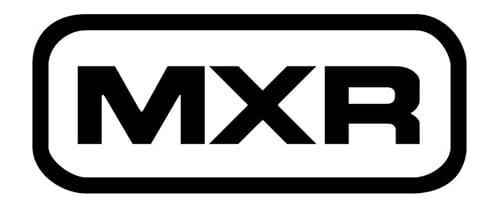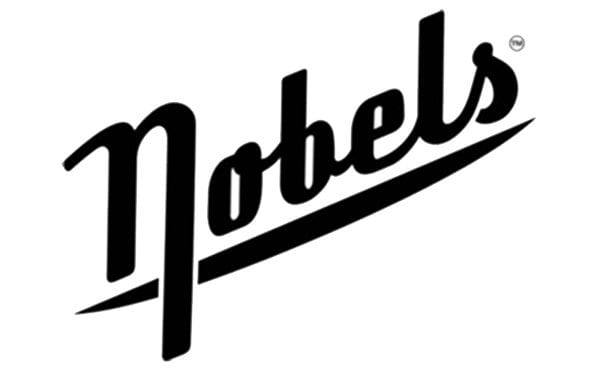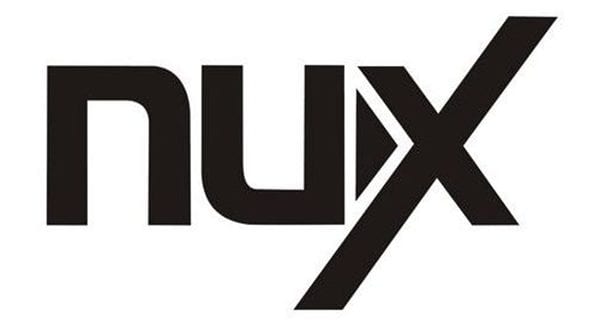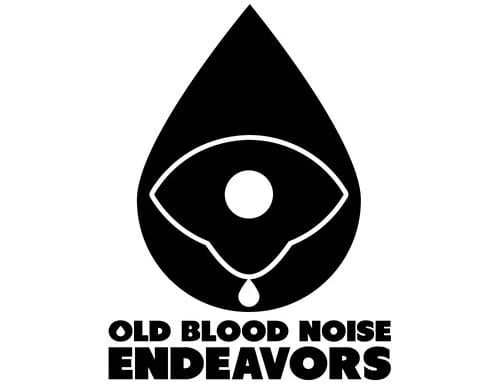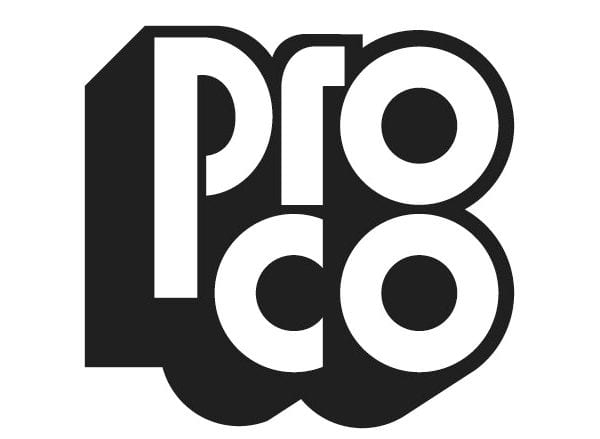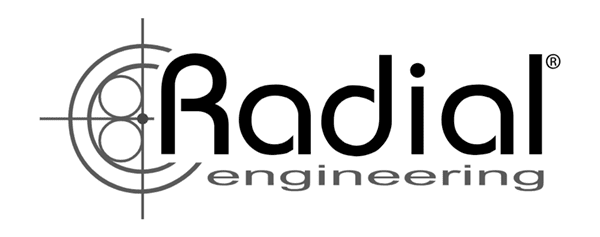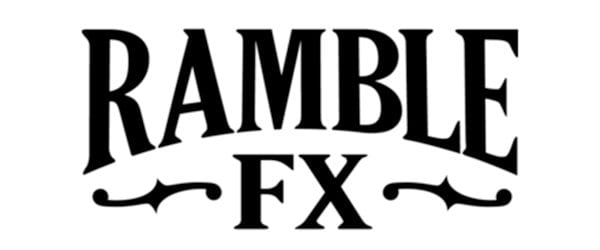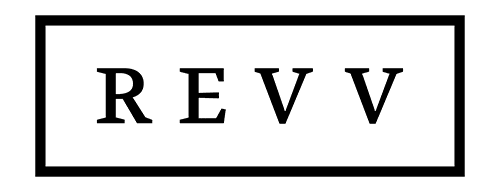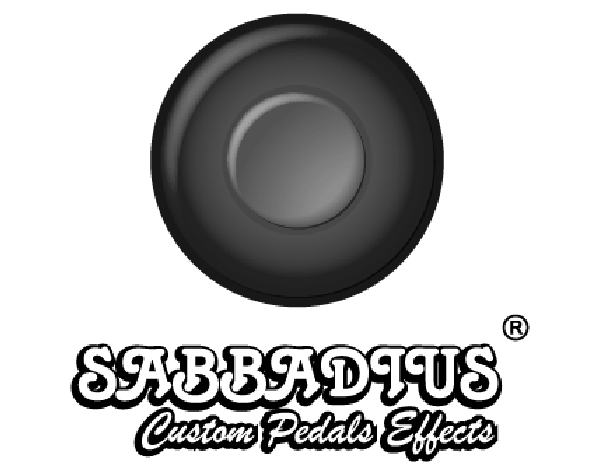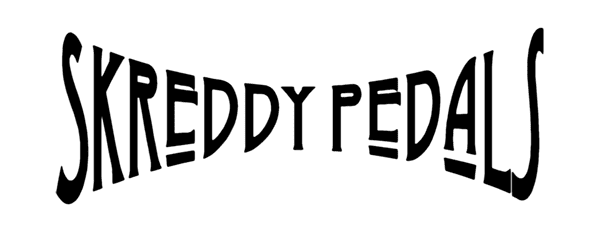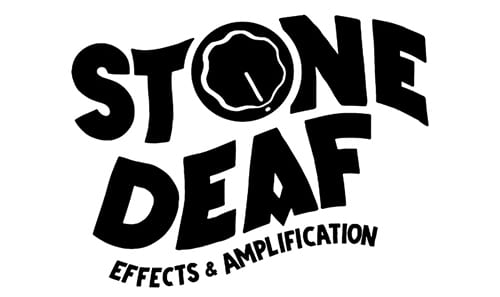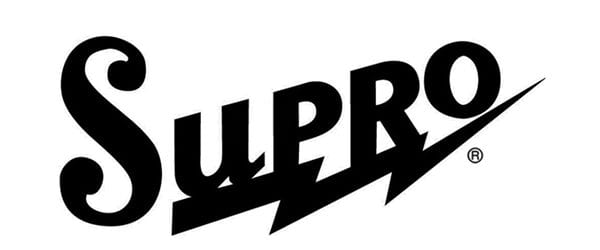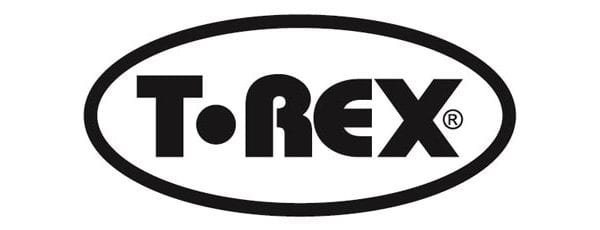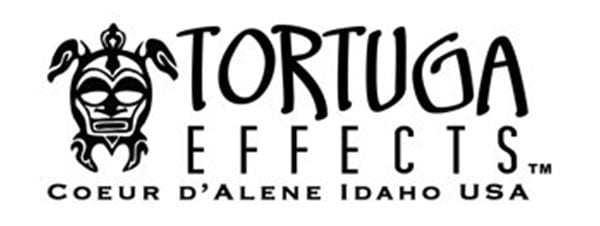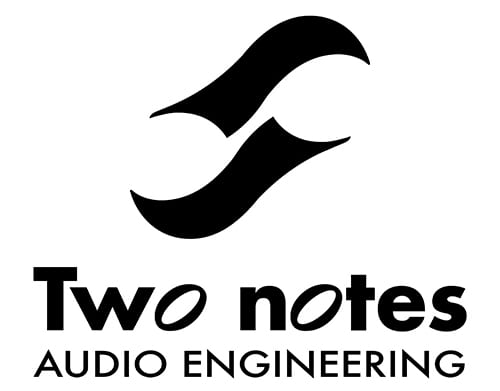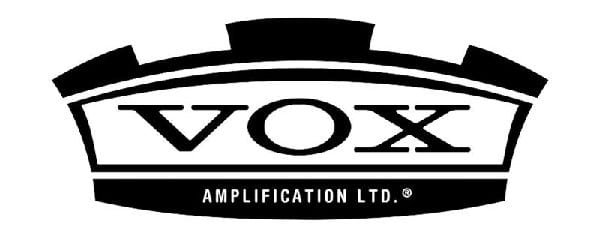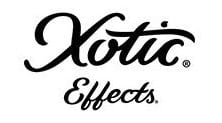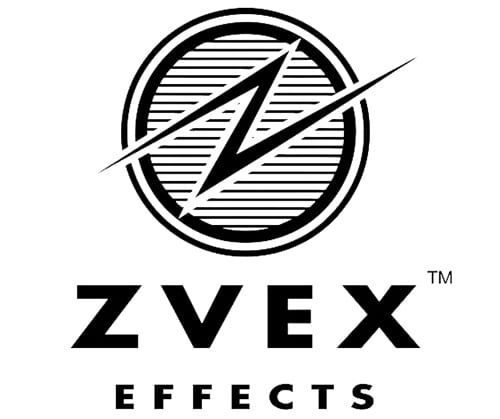It’s no secret that the original versions of well-known effects pedals are usually the most desirable. Maybe they used hard-to-find circuits, maybe they were handwired, or maybe battered old pedals just convinced us that they sound better with some kind of mind control trick. Whatever the case, the verdict is in: nothing beats an original.
Many iconic pedals from the 1970s and ‘80s are still in production by their original manufacturers like BOSS, Ibanez, Electro-Harmonix, and more. However, many effects pedal aficionados feel that modern versions, re-releases, and updates lack the magic of their progenitors. There are many reasons for this: maybe a company got bought out by a bigger corporation, maybe they moved production overseas, or maybe they started using cheaper parts.
Fortunately, boutique pedal companies have been on the rise over the last decade. They’re churning out great products in smaller batches with hard-to-find components and often outshining the big companies while they’re at it. What we’ve compiled here is a list of classic pedals, many of which fetch high prices on the used market, paired with modern boutique clones and tributes that may very well outshine their “officially” licensed modern versions.
BOSS CE-1 Chorus Ensemble
 The original 1976 CE-1 Chorus Ensemble, manufactured by BOSS with the same circuitry as sister company Roland’s Jazz Chorus amps, was a revolutionary pedal. It was the first pedal of any kind to use bucket brigade chips, and by duplicating and modulating signals, created a brand-new effect of shimmering chorus with cascades of modulating vibrato as well. Later CE models, while great on their own terms of dated, cold ‘80s chorus, have not approached the original. Used CE-1 units usually range from $500-$1000.
The original 1976 CE-1 Chorus Ensemble, manufactured by BOSS with the same circuitry as sister company Roland’s Jazz Chorus amps, was a revolutionary pedal. It was the first pedal of any kind to use bucket brigade chips, and by duplicating and modulating signals, created a brand-new effect of shimmering chorus with cascades of modulating vibrato as well. Later CE models, while great on their own terms of dated, cold ‘80s chorus, have not approached the original. Used CE-1 units usually range from $500-$1000.
A great modern boutique stand-in for the CE-1 is the JHS Emperor ($200). It retains the chorus and vibrato of the CE-1, both of which are beautifully analog and much warmer than later CE versions. It’s also much more versatile than the originals, with a selectable wave switch and tap tempo for the modulations.
BOSS DM-2 Analog Delay
 In the late ‘70s and early ‘80s, the Japanese BOSS-Roland company was killing it with analog and digital delay pedals. In particular, the analog DM-2 was a major coup, packaging warm analog delay/tape echo into an extremely small pedal for the time. Unfortunately, the chips used in the DM-2 were not consistent. The quality and sound of the delay had a huge range, and used prices of early DM-2s are all over the place. New analog delays produced by BOSS tend to sound a bit sterile, losing a lot of the warmth that analog delays have always been loved for.
In the late ‘70s and early ‘80s, the Japanese BOSS-Roland company was killing it with analog and digital delay pedals. In particular, the analog DM-2 was a major coup, packaging warm analog delay/tape echo into an extremely small pedal for the time. Unfortunately, the chips used in the DM-2 were not consistent. The quality and sound of the delay had a huge range, and used prices of early DM-2s are all over the place. New analog delays produced by BOSS tend to sound a bit sterile, losing a lot of the warmth that analog delays have always been loved for.
If you want the warmth and glorious fluctuations of the original DM-2, check out the Analogman ARDX20 Dual Analog Delay ($265). Hand-wired in small batches, the ARDX20 produces a similar tone to the DM-2, but with dual heads, tap tempo, and an expression pedal input. This thing takes the best of the old and makes it new again, at the same price as many vintage DM-2s.
Electro-Harmonix Big Muff Ram’s Head
 The second version of Electro-Harmonix’s iconic Big Muff Pi fuzz unit was the 1973 Ram’s Head. It was made most famous by David Gilmour of Pink Floyd, who made the unit’s sonic mayhem somehow sound crunchy and smooth at the same time. EHX recently released their own modern version of the Ram’s Head, or if you want an original you may be able to find one in the $600 range.
The second version of Electro-Harmonix’s iconic Big Muff Pi fuzz unit was the 1973 Ram’s Head. It was made most famous by David Gilmour of Pink Floyd, who made the unit’s sonic mayhem somehow sound crunchy and smooth at the same time. EHX recently released their own modern version of the Ram’s Head, or if you want an original you may be able to find one in the $600 range.
Or you could check out the Catalinbread Manx Loaghtan. While it’s currently out of production, it’s readily available on the used market between $100-$150. This monster of a pedal can create that Ram’s Head-style mid-scooped, saturated distortion when you crank up the twin treble and bass controls, with sustain and rich harmonics for days. It’s in the same price range as the official Ram’s Head reissue, and so much better.
Ibanez Tube Screamer

It’s probably safe to say that there is no pedal more copied, cloned, tributed, and reissued than Ibanez’s TS-series Tube Screamers. First produced in the ‘70s as the Maxon TS808 and shortly thereafter as the Ibanez TS9, this pedal serendipitously stepped in to provide rich tube-style overdrive to newer solid state amps. Ibanez and Maxon still churn out multiple versions of this mean green monster, and vintage models from the ‘70s and ‘80s can easily go for $400 or more.
Or you could try the JHS Bonsai (~$200). With the same Volume, Drive, and Tone knobs as the original, it almost perfectly replicates the TS9. But give its 9-way mode knob a turn, and you’ll sound more like a TS808, a TS10, or even a BOSS OD1. The Bonsai is a faithful reproduction of a huge variety of classic drive pedals, all analog. Get one and you’ll never buy another overdrive pedal again.
MXR Dynacomp
 One of the first compression units developed, MXR’s 1972 Dynacomp still has a niche following among players who love the way that it (sometimes noisily) shaped tone, in addition to providing the regular attack and decay as compressors are intended to do. It was almost as if it was a compressor with a sort of subtle boost built in. Used vintage models are not too outrageously-priced (usually around $100), or you can get a new model from MXR/Dunlop for about the same price.
One of the first compression units developed, MXR’s 1972 Dynacomp still has a niche following among players who love the way that it (sometimes noisily) shaped tone, in addition to providing the regular attack and decay as compressors are intended to do. It was almost as if it was a compressor with a sort of subtle boost built in. Used vintage models are not too outrageously-priced (usually around $100), or you can get a new model from MXR/Dunlop for about the same price.
Or, check out the Diamond CPR-1 Compressor. At around $200, it costs double the Dynacomp, but dare we say it does what the original did even better? Building on the fact that many players used the Dynacomp as much for tone as for compression, it’s got a separate EQ knob that will make thin clean sounds richer and fuller, along with sustain and compression.
MXR Phase 90

MXR’s 1974 Phaser was a game-changer that gave players the swirling, psychedelic tones of a rotating speaker in a tiny chassis. Even today, it’s considered the quintessential phaser. Used units, especially the first-year “script” logo models, usually run over $200, but most players agree that they have deeper and richer phases than MXR’s modern versions of the pedals.
$200 isn’t too much for a truly vintage icon, but you can spend even less if you opt for the Mooer Ninety Orange (~$90), which is a truly accurate clone of the original. With a switch between “vintage” and “modern” modes, you’ll have a bit more versatility for what types of phase you want, but other than that it’s a faithful reproduction of the classic.
Sola Sound Tone Bender MKI
 Various brands have used the Tone Bender name over the years, but the earliest version of this grand-daddy of all fuzz units goes back to the 1965 Sola Sound MKI. Originally housed in a wooden enclosure, the Tone Bender MKI was (and is) the quintessential British fuzz pedal. The earliest originals (in wood or metal) are incredibly hard to find.
Various brands have used the Tone Bender name over the years, but the earliest version of this grand-daddy of all fuzz units goes back to the 1965 Sola Sound MKI. Originally housed in a wooden enclosure, the Tone Bender MKI was (and is) the quintessential British fuzz pedal. The earliest originals (in wood or metal) are incredibly hard to find.
You can get later Tone Bender versions like the MKII, MKIII, and so on, but if you want an accurate, hand-wired boutique version of the original, you’ll have a hard time topping Basic Audio’s Gnarly Fuzz ($180). With silicon transistors, this thing nails the woody, vintage low-fi nature of the MKI, but with the potential for more sustain than the original ever had.
In Summary
Seeking a modern equivalent third-party/boutique of a classic pedal can be tricky. Ask yourself why you’re looking for a modern version of a classic. Are you on a budget? Does older sound better? Do you want an exact clone like the Mooer Ninety Orange, or a clear improvement over the original, like the JHS Bonsai?
There are modern versions manufactured by the original companies of all the pedals listed here, but the consensus of most players is that the new name-brands do not compare to the old. For most of the pedals here—BOSS, EHX, Ibanez, Tone Bender—you’ll be hard pressed to ever find a true original at an affordable price. You’ll also probably be better off going with a modern boutique version of the classic. Considering that you can get vintage tones for reasonable money from great “little guy” companies, it’s truly a great time to be a pedal junkie.

